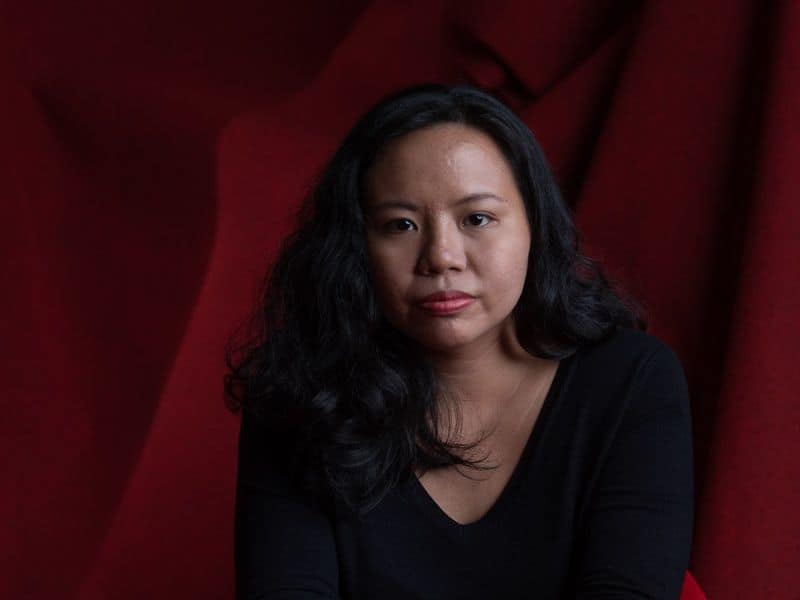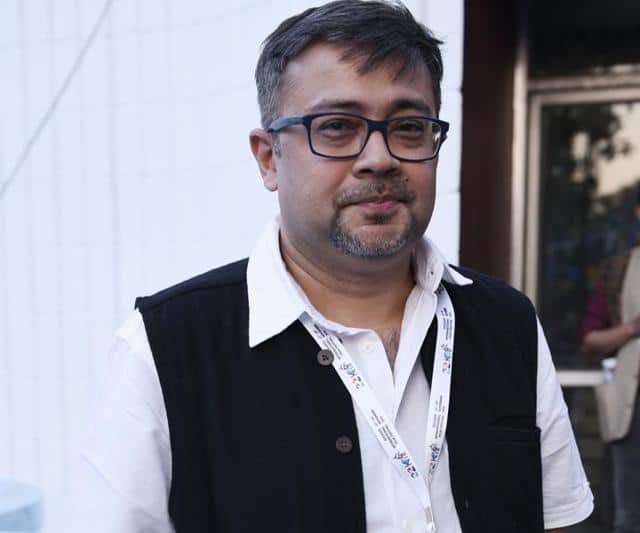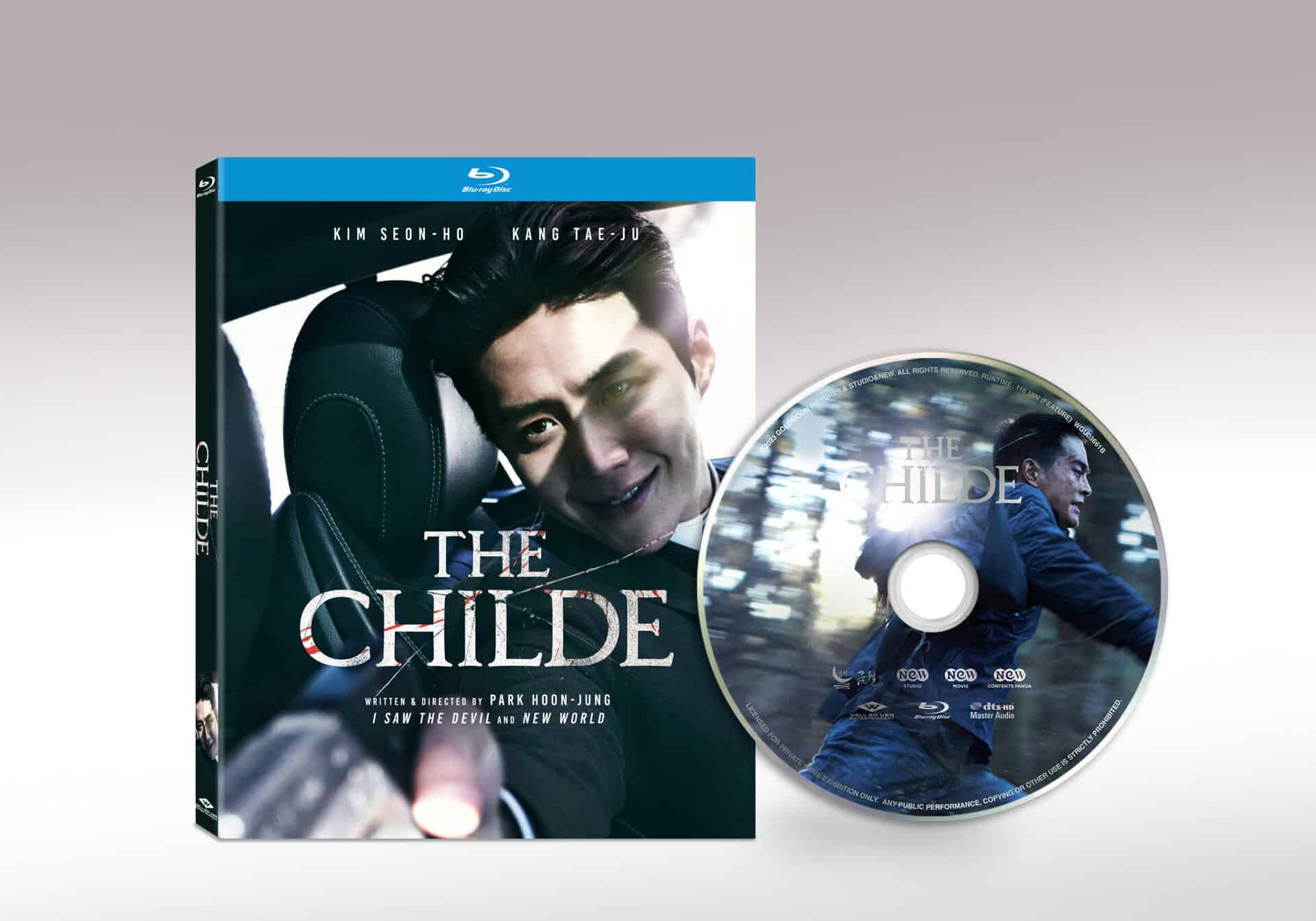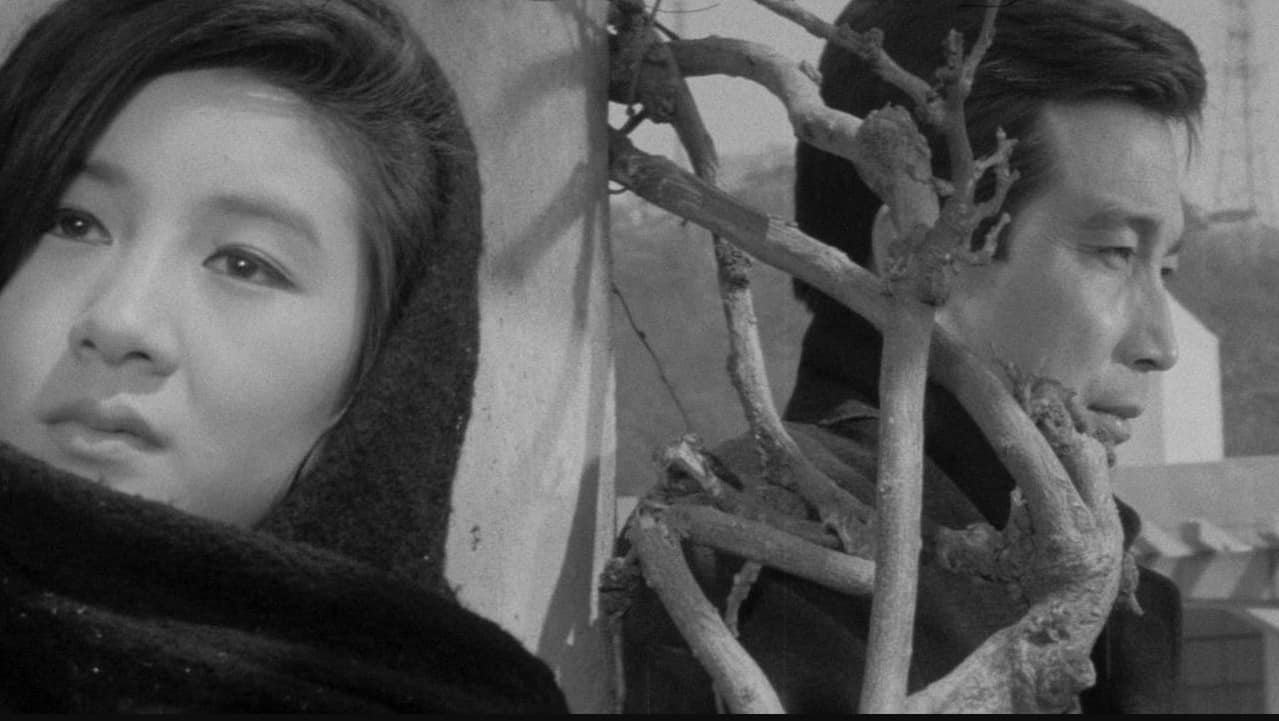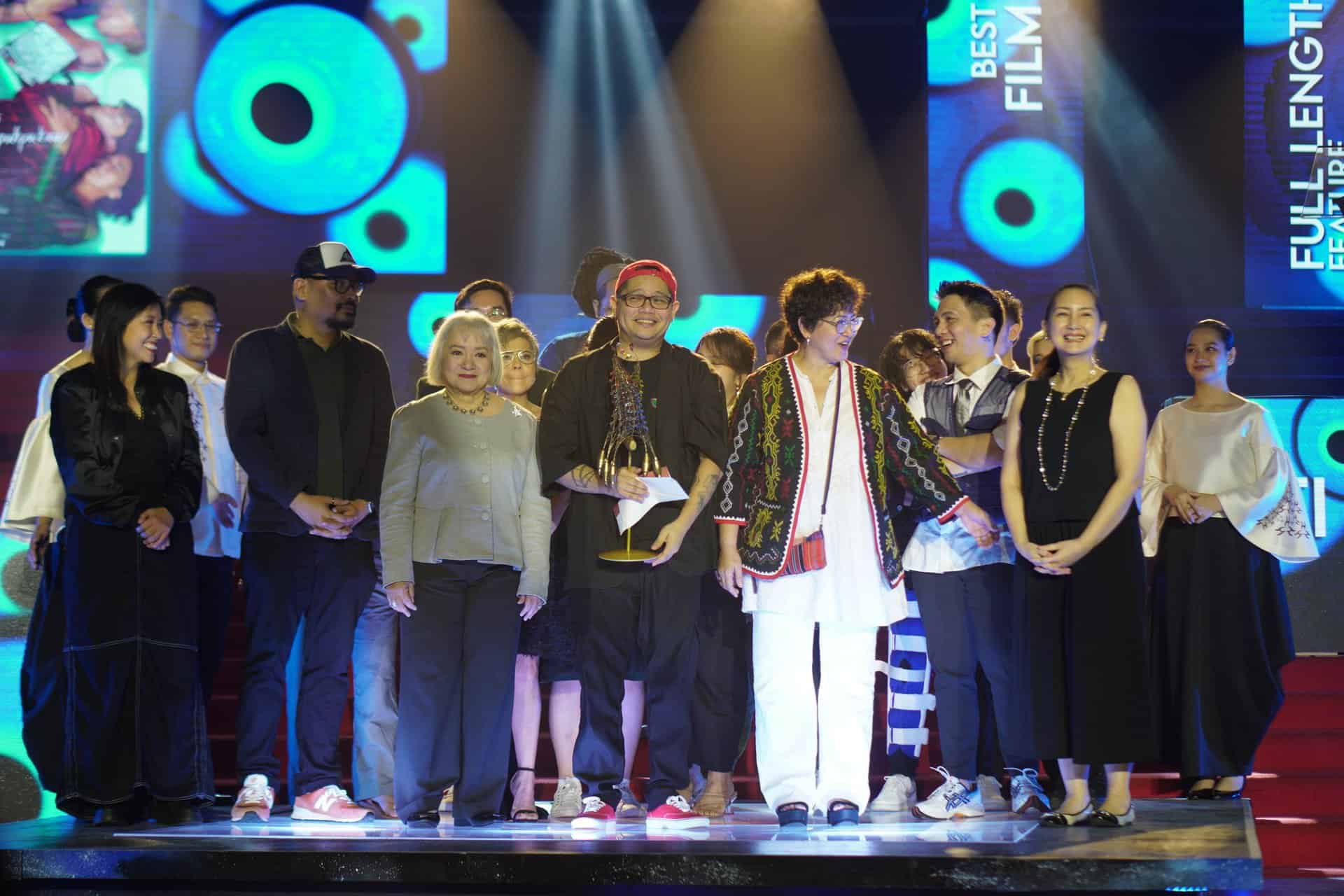Rae Red has made a name for herself through her script-writing work in Mikhail Red's films like “Eerie“, “Neomanila” and “Birdshot“. Since 2016, she has also started directing films, with “The Girl and the Gun” being her second feature and the third overall.
On the occasion of “The Girl and the Gun” screening at New York Asian Film Festival, we speak with her on the story of the film, the non-linear narrative, violence in Quezon City, the various issues poor people in the Philippines face, and many other topics.
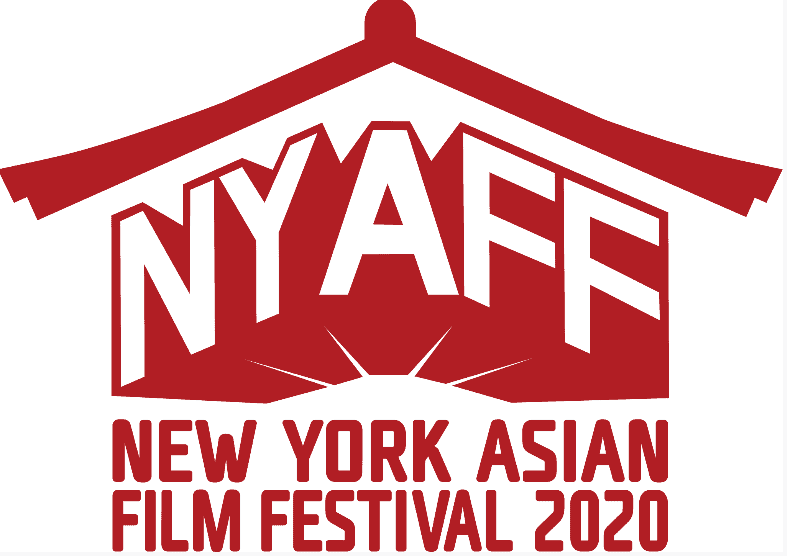
How did the story for “The Girl and The Gun” come about? It seems very grounded in reality. Is it based on any true incidents?
A lot of the characters from the movie are based on real people. There's Kian Delos Santos, an EJK victim back in 2017. The character of Jun played by Elijah Canlas was inspired by him. Lean Alejandro, a student leader activist who was assassinated in 1987, also inspired the scene of the shootout on the staircase. The main protagonist, the Girl, isn't based on a particular individual but department store sales ladies here in the Philippines have always been one of those many trades that have cases of abuse and harassment that are specific to their job and being a woman.
How did you come to the decision of having a non-linear narrative?
I'm a screenwriter for a living but for some reason, I've never mastered writing the classic three act structure or hero's journey.
A professor in college once told me that the classic structure is based on male orgasm. You have your set up, that slowly builds up and climaxes and goes back down again, and you have a denouement at the end. The female orgasm is a lot different, some come in waves, and sometimes the conclusion doesn't come at all. I didn't have this theory in mind when I was writing “The Girl and the Gun” but I'd like to think it is somehow connected. The classic structure bores me and it somehow made sense for this movie to break it to be able to send the message I wanted to send.
The film also talks about the violence on the streets of Quezon City. Please tell us your take on the subject.
The violence seen on the film was just a snippet of the violence experienced by Filipinos everyday, not just in Quezon City, but in the whole country. We have indigenous people in rural areas bullied out of their lands by mining companies and the military. The simple daily commute of a typical city laborer is violent in itself. Imagine working for 8-10 hours and having to commute an extra 2-3 hours per way.
These types of violence are the result of the government's negligence and own doing. It is systemic and must be addressed.
There is often a sharp commentary on the housing system in cities like Manila and Quezon City in Filipino films, especially for those moving from provincial towns and villages. How bad is the situation in reality?
Filipinos from the lower class are forced to live in the margins of the metropolis because rent there is much cheaper. The tradeoff for that cheaper rent is they spend almost the same amount of time on their commute as they do with their actual work.
Metro Manila has the largest number of homeless people in the world. I'm tired of the government blaming the people for their lack of hard work, when we have Filipinos who barely have enough time to sleep or spend time with their family before they have to work again the next day.
The rape scene was very hard to watch, the camera unflinching in its depiction. How did you approach the scene and what were your instructions to your actors and cinematographer for it?
For me, this was the hardest scene to shoot. I didn't want the scene to be sexualized, I wanted it to be seen for its violence, and that violence isn't just seen in the act itself, but also in the moments leading up to it.
My amazing cinematographer, Tey Clamor, took the lead on this one. We had previously discussed having a long shot to force the audience to see the violence that the protagonist is going through and to what extent it escalates to. Tey made all the men leave the set, only leaving the essential crew members. We constantly asked Janine and Felix, that if they felt uncomfortable at any point, to please let us know.
The shopkeeper feeling dirty sanitary pads and the Girl accepting it was rather shocking. Do things like that actually happen?
That scene is inspired by an actual event but we exaggerated it a bit with the amount of cheese crumbs on the pad. I think it's one of those moments when you're too shy to speak up seeing how hot headed the person you're talking to is?
I think it's rather curious that a mall that insists on its staff being immaculate all the time won't even have properly functioning lights in its small staff area. Was this a purposeful choice?
Yes it is. Photos of actual employee locker rooms and restrooms of a particular mall here in the Philippines were leaked online a few years ago. That set is based from those photos.

Janine Gutierrez is the life of the film. How did you end up casting her? In general, how was the casting process for the film?
Casting the main protagonist of the film was a hard process. We went through a lot of girls who we felt can pull of the role. We didn't hold auditions we simply scoured the internet for their acting videos. Janine first caught our attention because of how outspoken she is with regards to political issues—something that is very rare with celebrities in the mainstream entertainment industry. I think her maturity and intelligence contributed a lot to her acting on this film. It's what separates her from the other actresses we considered.
The music of the film is also a big highlight. Please tell us how the sound for the film came about.
The music reflected some of my film influences—Fargo, Tarantino films, Scorsese—all of which are very masculine in terms of tone. But that's also, I guess, the goal of the film: we tried to make a film with a noir-ish feel, a genre that's most often associated with men, but we did it from a female perspective and with female sensibilities.
The film won three awards at QCinema International Film Festival, including for yourself and lead actress Janine Gutierrez. Seeing as the story is based in Quezon City and so is that Festival, how did it feel to get that appreciation?
It's really amazing. This concept has been in my head since 2015, and for the longest time our only goal was to get it made and get it out there. At the time, I didn't even know if I would have wanted to direct again after making The Girl and the Gun. So to win these awards is an added bonus and definitely encourages us to keep telling stories of women and their struggles.
Are you working on any new projects right now?
I'm currently writing some TV series and some films that are more of “writer for hire” set ups, but in a few months I do hope to start writing another passion project of mine.


